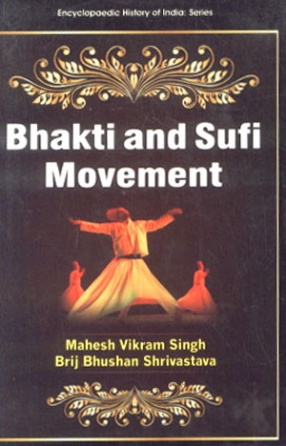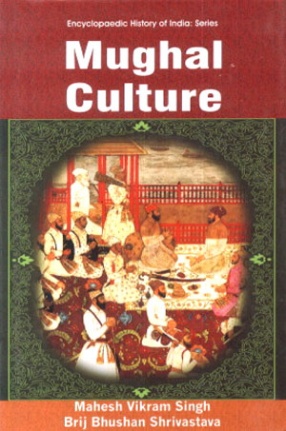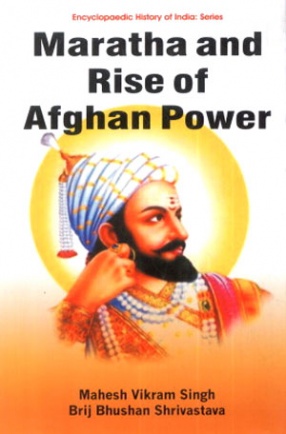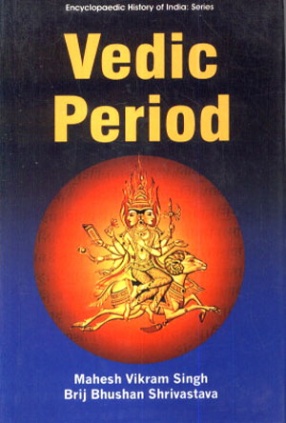Bhakti movement in medieval India is responsible for the many rites and rituals associated with the worship of God by Hindus Muslims and Sikhs of Indian subcontinent. For example Kirtan at a Hindu temple Qawalli at a Dargah by Muslims and singing of Gurbani at a Gurdwara are all derived from the Bhakti movement of medieval India 800-1700. The word Bhakti is derived from Bhakta meaning to serve honour revere love and adore. In the religious idiom it is attachment or fervent devotion to God and is defined as that particular affection which is generated by the knowledge of the attributes of the Adorable one. The concept is traceable to the Vedas where its intimations are audible in the hymns addressed to deities such as Varuna Savitra and Usha. However the word Bhakti does not occur there. The word occurs for the first time in the Upanisads where it appears with the co doctrines of grace and self surrender. Contrary tot he spiritual mission of Sufism the cult was primarily introduced in India for spread of Islam with a view to help the Muslim rulers for political domination. By and large the spiritual successors of mystic Islamic saints enjoyed the royal favour of Muslim rulers and gave moral support to the atrocious Muslim invaders and looked other way to ignore the growing social conflict. They also guided the state in political affairs with their experience of regular interaction with common people. This wide ranging book offers a succinct and engaging narrative of the history of the Indian subcontinent tracing the development of its society culture and polity.
Bhakti and Sufi Movement
Encyclopaedic History of India Series
Book:In stock
Free & Quick Delivery Worldwide
reviews
Bibliographic information
Title
Bhakti and Sufi Movement
Encyclopaedic History of India Series
Encyclopaedic History of India Series
Author
Edition
1st ed.
Publisher
Centrum Press, 2011
ISBN
9789380836737
Length
vi+296p., Bibliography; Index; 23cm.
Subjects








There are no reviews yet.